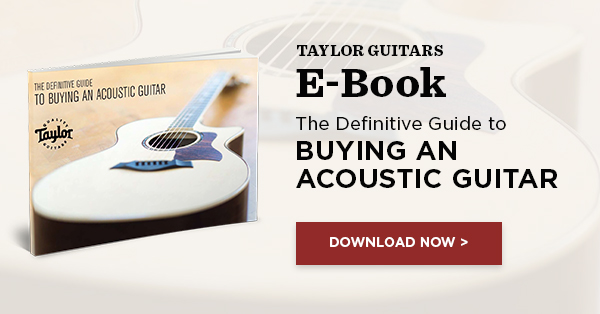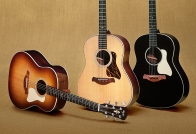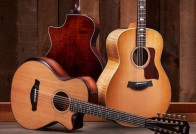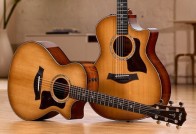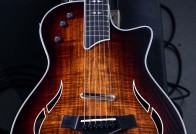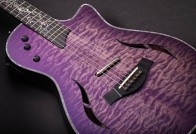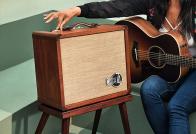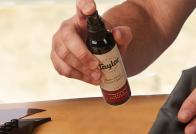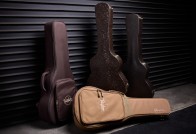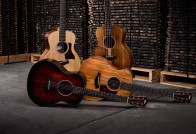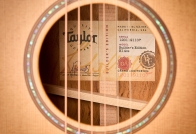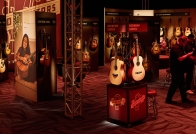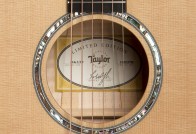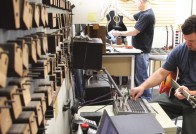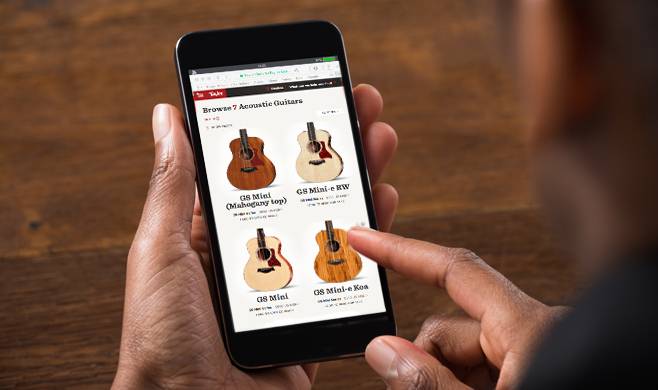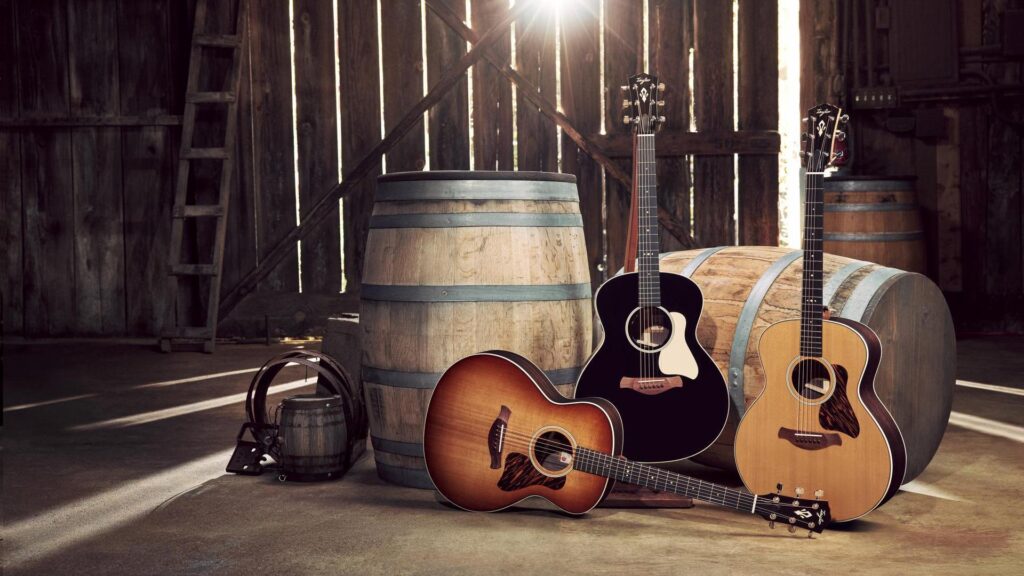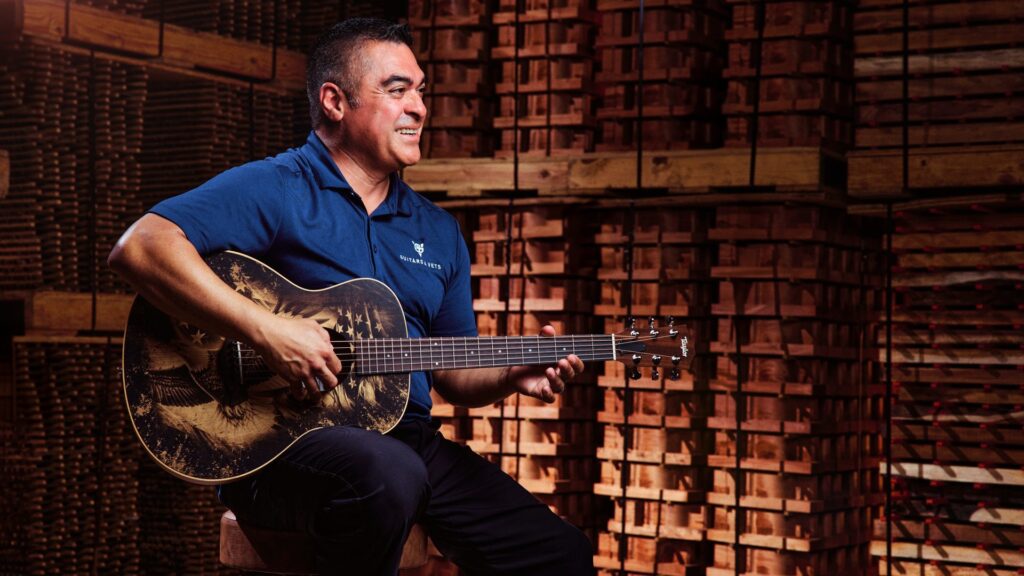It’s been said that the hardest part of any journey is the first step. Finding an appropriate acoustic guitar can seem like a complicated task for any first-time guitar buyer. There are many options, body styles, and price ranges to consider. Parents buying for a child or teen don’t want to start with a sub-standard instrument or have to upgrade in a year or two, but they may also have a limited budget to consider. Adult beginners may be considering longevity and bang for the buck. Some older beginners want to buy one great guitar to cherish. With all these factors and more to ponder, how much should I spend on my first acoustic guitar?
“The irony is that a beginner in many respects deserves the best-playing guitar. An experienced player can make almost anything work; they’ll just appreciate a good guitar more. But when you’re starting out, you need everything going for you.”
– Andy Powers
Know what makes a guitar a quality instrument.
Understanding how guitars are built and the sonic qualities the construction and building materials impart is a great first step in determining the level of investment you wish to make. Learning the difference between laminate and layered wood guitars, and how those are different from solid wood guitars, will teach you a lot. There are also other factors that can affect the price of your first guitar, such as whether you want electronics so you can plug it in, whether it features a cutaway, and what kind of case it comes with. Learn a little about neck carves and body shapes. Have a sales person at your local Taylor dealer walk you through body shapes and tonewoods and explain other finer details that can impact the feel and sound, like scale length or 12-fret vs. 14-fret designs, while you try out various guitars. This will help you to develop a feel for the slight differences between instruments.
Related: How To Find The Best Acoustic Guitar For You!
Know your goals.
Are you a couch player who wants to relax after a workday and enjoy a cold one while playing some tunes? Then perhaps a small-body Grand Concert guitar like the 412ce is a great option for you. Do you dream of playing open mic nights or with a band? A 214ce might fit the bill. Do you travel a lot and want something that fits in a plane’s overhead bin to keep you company in hotel rooms while on work trips? You might love a GS Mini-e Koa. Knowing what you want out of a guitar will help you identify the features it needs to have in order to identify your needs and reach the goals you have in mind.
Identify your needs. Is this guitar for a young student? Are you buying your first guitar and planning to upgrade, or do you plan to keep this guitar forever? Do you plan to play in a band? For many, buying a first guitar is your first investment in a musical instrument, and wanting to get a beginner instrument without sacrificing quality is the goal. For some players, being a beginner isn’t anathema to owning a high-end instrument – particularly among older beginners who may want to make their first guitar their dream guitar. If you don’t crave a lot of decorative details and simply want a fundamentally great guitar that’s easy to play, the new Academy Series is a great place to start. If you’re looking for upgraded features that won’t break the bank, perhaps try a 214ce Deluxe. If you’d rather start off with an all-solid-wood model, are of smaller stature, and like fingerstyle guitar, a 322ce 12-Fret would be a good model to consider. If you’re a strummer who knows that only the best will do for you, then try a 916ce.
Related: 10 Questions To Help Find Your Guitar Player Profile
Find your fit.
Many first-time guitar buyers walk into a store with a set price in mind without having researched what they like before deciding what they wish to spend. While having budget parameters is understandable, a more effective way to determine how much you should spend on a guitar is to try to find the guitar that’s right for you and let that be your guide. Try a variety of body shapes. Compare tonewoods by playing the same body shape in a variety of woods. It’s also a good idea to play the same thing on every guitar so you’re comparing the sound and feel of each guitar using the same sonic range. Consider using your phone to record yourself so you can listen back to your guitar “auditions” later. It’s also a good idea to allow ample time to try out guitars. Talk to the sales staff at your local Taylor dealer, and let them recommend body shapes and tonewoods based on what you like. If you aren’t comfortable trying guitars in front of anyone, ask for a private area or lesson room, or have one of the staff members play guitars for you – but remember, you’ll be hearing how the guitar sounds in their hands. Try to let your own hands be your guide.
All these factors and more will go into your final selection, but it helps to consider this information while determining your budget. For more information, visit your local authorized Taylor dealer and speak to a representative today.
Written by: Gabriel O’Brien
